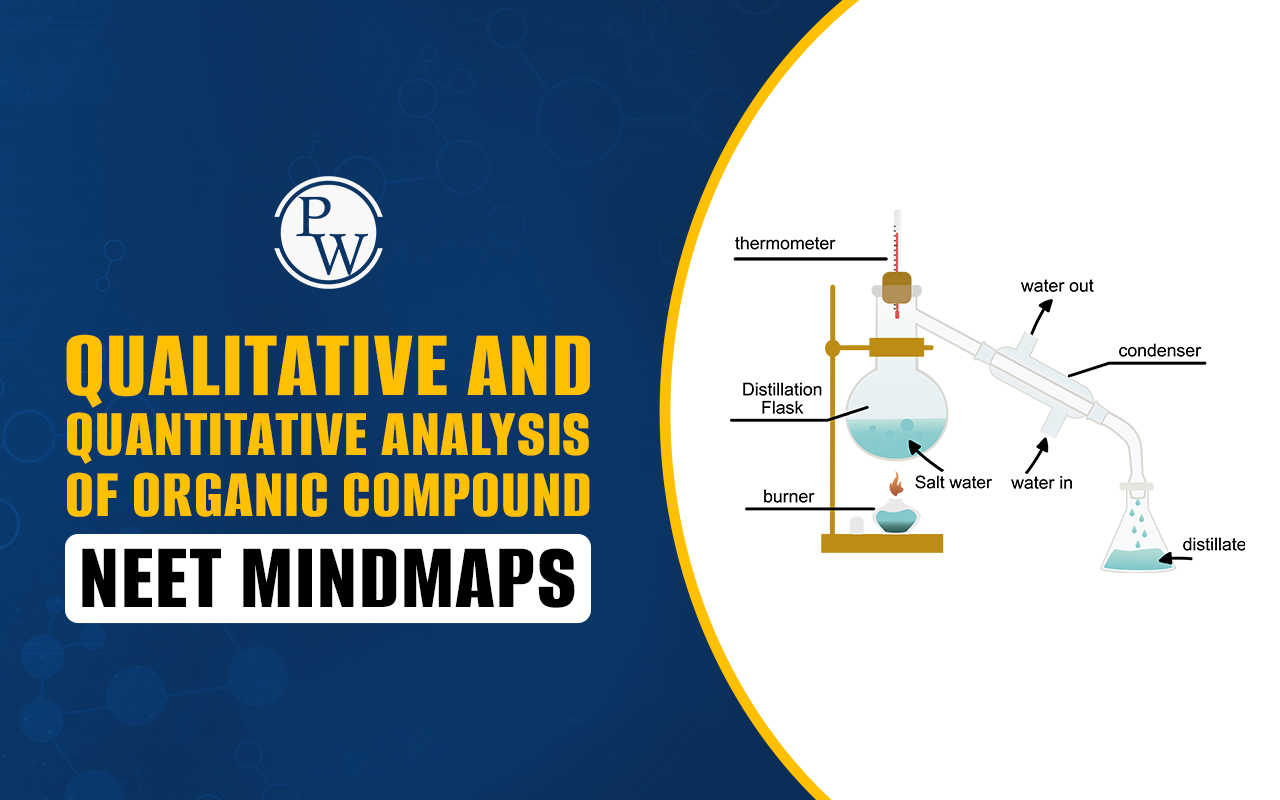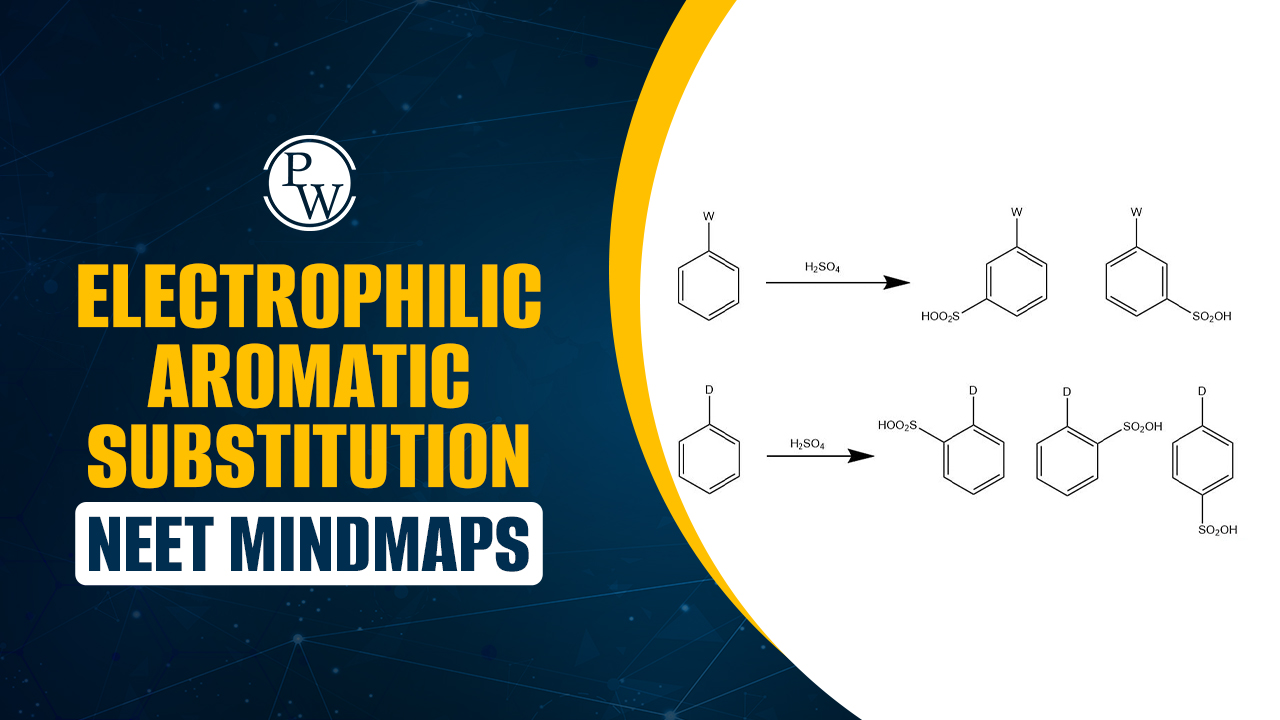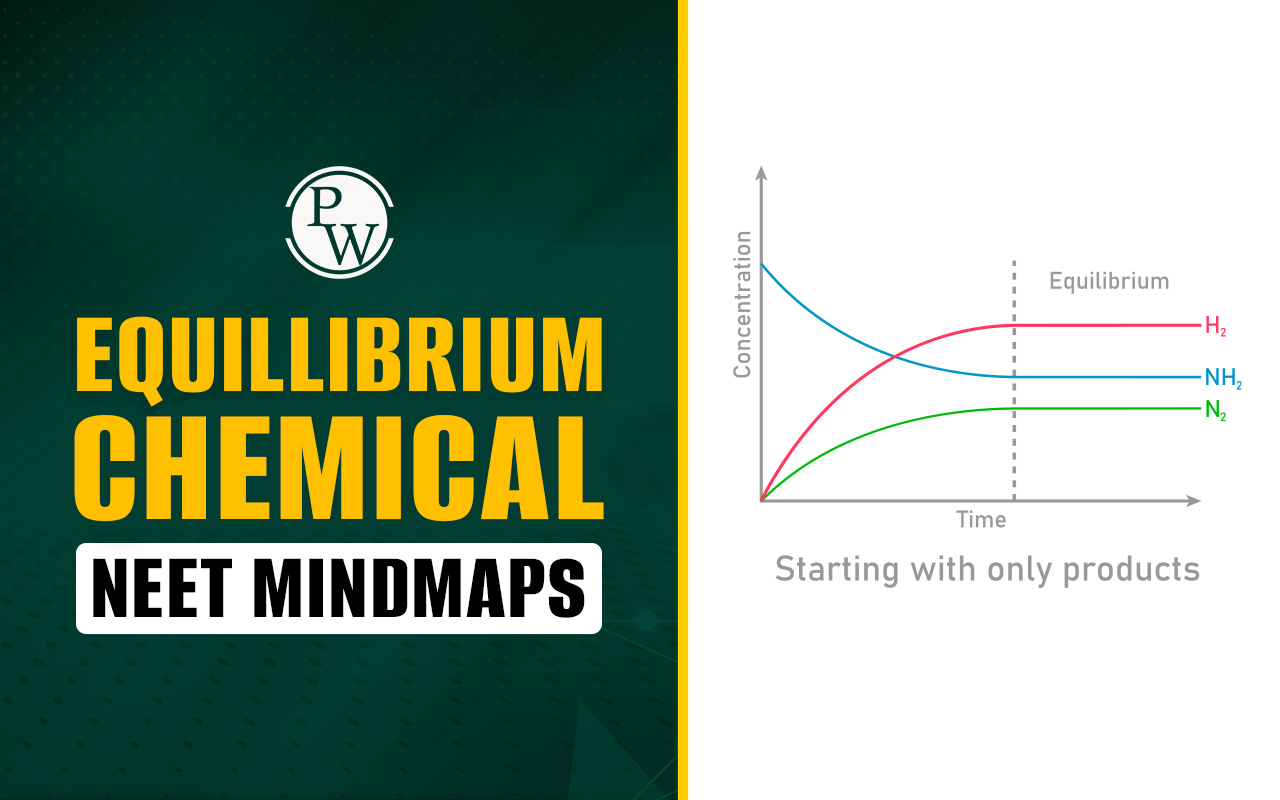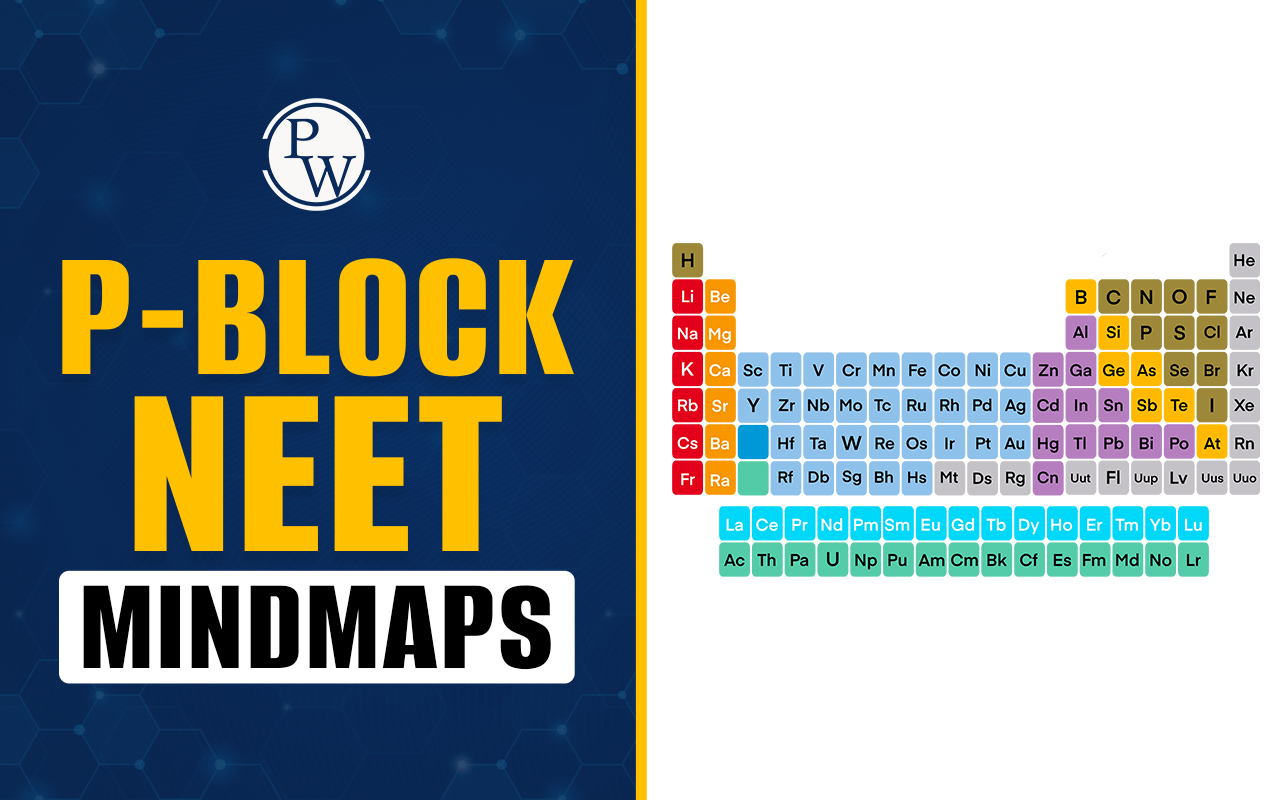
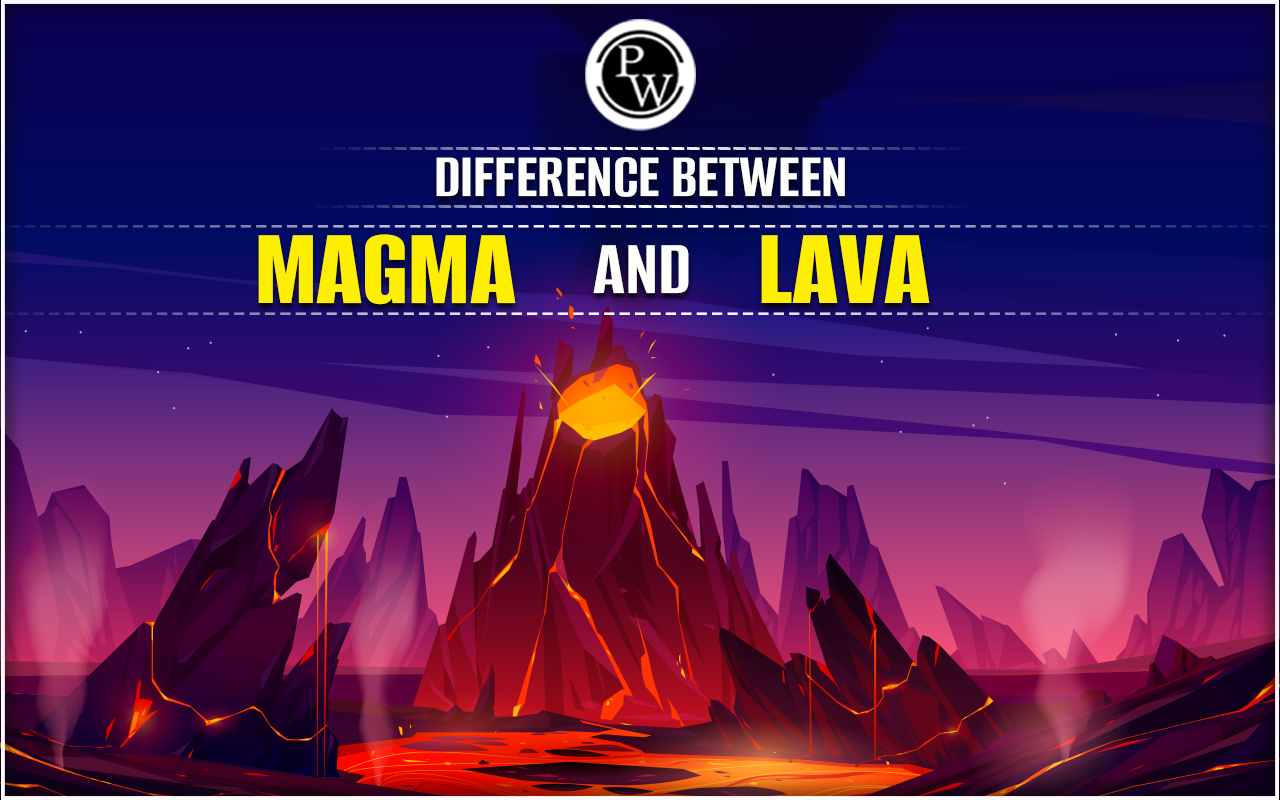
Differences Between Magma and Lava : The term "magma" refers to molten rock existing in an extremely hot, liquid, or semi-liquid state and is responsible for igneous rock formation. A significant portion of the Earth's mantle comprises magma.
When magma ascends to the Earth's surface, it transforms into "lava," also known as liquid magma. While magma and lava share commonalities, there are distinctions worth exploring. Magma, constituted of molten rock, resides in the Earth's crust. In contrast, lava is the term for magma that breaches the Earth's surface through a volcanic vent.| NEET Biology Syllabus | NEET Biology Diagrams |
| NEET Biology MCQ | NEET Biology Chapter wise Weightage |
| NEET Biology Notes | NEET Previous Year Question papers |
Differences Between Magma and Lava Overview
Magma and lava are molten rocks, but their locations and characteristics vary significantly. Magma refers to molten or partially molten rock beneath the Earth's surface. It is the precursor to igneous rocks in the Earth's mantle and crust. The temperature of magma ranges from approximately 700 to 1,300 °C (1,300 to 2,200 °F). Lava is molten rock reaching Earth's surface during a volcanic eruption. The liquid form of magma emerges onto the surface, and its temperature ranges from about 700 to 1,200 °C (1,300 to 2,200 °F).What is Magma?
Magma, the molten or partially molten rock from which igneous rocks form, is a dynamic and crucial component in the Earth's geological processes. It primarily consists of silicate liquid, with occurrences of carbonate and sulfide melts. Magma migration occurs beneath the Earth's surface, and during volcanic activity, it can erupt and reach the Earth's surface as lava. Magma exhibits diverse characteristics influenced by its chemical composition, viscosity, dissolved gases, and temperature. Silicate liquid is dominant, but variations exist with carbonate and sulfide melts. Suspended crystals and fragments of unmelted rock may be present, and dissolved volatiles can separate as bubbles.Types of Magma
Below are the types of magma:Basaltic (Mafic) Magma
- Temperature: High temperature (around 1,200 °C [about 2,200 °F]).
- Silica Content: Lower silica content (about 45–55 percent by weight).
- Characteristics: Basaltic magma is associated with nonexplosive volcanic eruptions characterized by flowing lava. It often forms dark-colored rocks like basalt.
- Volcanic Features: Produces lava flows with smooth surfaces, known as pahoehoe and aa flows.
Andesitic Magma
- Temperature: Intermediate temperature (800–1,000 °C [about 1,470–1,830 °F]).
- Silica Content: Moderate silica content.
- Characteristics: Andesitic magma is intermediate in properties, exhibiting characteristics between basaltic and rhyolitic magmas. It contributes to explosive eruptions and forms rocks like andesite.
- Volcanic Features: Associated with block lava flows and often forms more fragmented deposits.
Rhyolitic (Felsic) Magma
- Temperature: Lower temperature (750–850 °C [about 1,400–1,560 °F]).
- Silica Content: Higher silica content (about 65–75 percent by weight).
- Characteristics: Rhyolitic magma is linked to highly explosive volcanic eruptions, producing ash falls and pyroclastic flows. It forms light-colored rocks like rhyolite.
- Volcanic Features: Creates explosive eruptions and is associated with ash clouds and pyroclastic flows.
What is Lava?
Lava, the molten rock that emerges as a liquid onto the Earth's surface, is a captivating and powerful force in geology. It is not only the molten substance during volcanic eruptions but also forms solidified rock upon cooling. Lava's temperatures range from approximately 700 to 1,200 °C (1,300 to 2,200 °F), exhibiting varying degrees of fluidity, from almost syrup-like flow to extreme stiffness.Types of Lava
Here are the types of lava:Pahoehoe Lava
Pahoehoe lava flows are recognized by their smooth, gently undulating, or broadly hummocky surfaces. This type of lava flow occurs when liquid lava flows beneath a thin, still-plastic crust, creating tapestry-like folds and rolls resembling twisted rope. The margin of a pahoehoe flow typically advances by protruding small toes or lobes one after another. These flows are mainly fed internally by streams of liquid lava flowing beneath a solidified or partly solidified surface.Aa Lava
In contrast, aa lava has an exceedingly rough surface, covered with irregular fragments known as clinkers. Aa lava flows are primarily fed by rivers of liquid lava flowing in open channels. The feeding river forms a narrow band along the centerline of the flow, with broad fields of less actively moving clinker on each side. The clinkers at the front of the flow roll down and are overridden by the pasty center layer, creating a distinctive appearance. Aa and pahoehoe flow from the same vent can be identical in chemical composition, and the transition from pahoehoe to aa may occur as the flow progresses downslope.Pillow Lava
Another type of lava, pillow lava, is associated with underwater environments. It forms pillow-shaped masses as highly fluid lava is rapidly cooled and quenched by surrounding water. This phenomenon is common in underwater volcanic activity.Block Lava Flow
Lavas of andesitic or intermediate composition form block lava flows. These flows resemble aa but have more regular-shaped fragments, often polygonal with fairly smooth sides. Flows of more siliceous lava tend to be even more fragmental than block flows.Magma vs Lava - Differences Between Magma and Lava
The table below shows the differences between magma and lava :|
Magma vs Lava - Differences Between Magma and Lava |
||
|---|---|---|
| Feature | Magma | Lava |
| Location | Beneath the Earth's surface | Above the Earth's surface |
| State | Molten rock within the Earth | Molten rock erupted onto the surface |
| Temperature | Extremely hot (up to 1300°C) | Remains hot but can cool down |
| Composition | Silicate minerals, gases, and solids | Similar composition to magma but may contain fewer gases |
| Movement | Moves through the Earth's crust | Flows on the Earth's surface |
| Effect | May solidify to form igneous rocks | Forms volcanic landforms and structures |
| Occurrence | Found beneath the Earth's surface in magma chambers | Erupts during volcanic activity |
| Common Elements | Found in magma chambers below volcanoes | Observed during volcanic eruptions |
Differences Between Magma and Lava FAQs
In what geological features is magma typically found?
Magma is commonly found beneath the Earth's surface in magma chambers, often associated with volcanic activity.
What geological formations are created by the solidification of magma?
The solidification of magma can lead to the formation of igneous rocks.
During what geological process does lava erupt onto the Earth's surface?
Lava erupts onto the Earth's surface during volcanic activity when pressure forces it through openings in its crust.
Can magma turn back into solid rock?
Yes, when magma cools and solidifies beneath the Earth's surface, it forms intrusive igneous rocks. Similarly, lava that cools on the Earth's surface forms extrusive igneous rocks.
Can the composition of magma and lava vary?
Yes, both magma and lava can have varying compositions. They are primarily composed of silicate minerals, but the specific minerals, gases, and water content can differ, influencing the nature of volcanic eruptions.
🔥 Trending Blogs
Talk to a counsellorHave doubts? Our support team will be happy to assist you!

Check out these Related Articles
Free Learning Resources
PW Books
Notes (Class 10-12)
PW Study Materials
Notes (Class 6-9)
Ncert Solutions
Govt Exams
Class 6th to 12th Online Courses
Govt Job Exams Courses
UPSC Coaching
Defence Exam Coaching
Gate Exam Coaching
Other Exams
Know about Physics Wallah
Physics Wallah is an Indian edtech platform that provides accessible & comprehensive learning experiences to students from Class 6th to postgraduate level. We also provide extensive NCERT solutions, sample paper, NEET, JEE Mains, BITSAT previous year papers & more such resources to students. Physics Wallah also caters to over 3.5 million registered students and over 78 lakh+ Youtube subscribers with 4.8 rating on its app.
We Stand Out because
We provide students with intensive courses with India’s qualified & experienced faculties & mentors. PW strives to make the learning experience comprehensive and accessible for students of all sections of society. We believe in empowering every single student who couldn't dream of a good career in engineering and medical field earlier.
Our Key Focus Areas
Physics Wallah's main focus is to make the learning experience as economical as possible for all students. With our affordable courses like Lakshya, Udaan and Arjuna and many others, we have been able to provide a platform for lakhs of aspirants. From providing Chemistry, Maths, Physics formula to giving e-books of eminent authors like RD Sharma, RS Aggarwal and Lakhmir Singh, PW focuses on every single student's need for preparation.
What Makes Us Different
Physics Wallah strives to develop a comprehensive pedagogical structure for students, where they get a state-of-the-art learning experience with study material and resources. Apart from catering students preparing for JEE Mains and NEET, PW also provides study material for each state board like Uttar Pradesh, Bihar, and others
Copyright © 2025 Physicswallah Limited All rights reserved.





